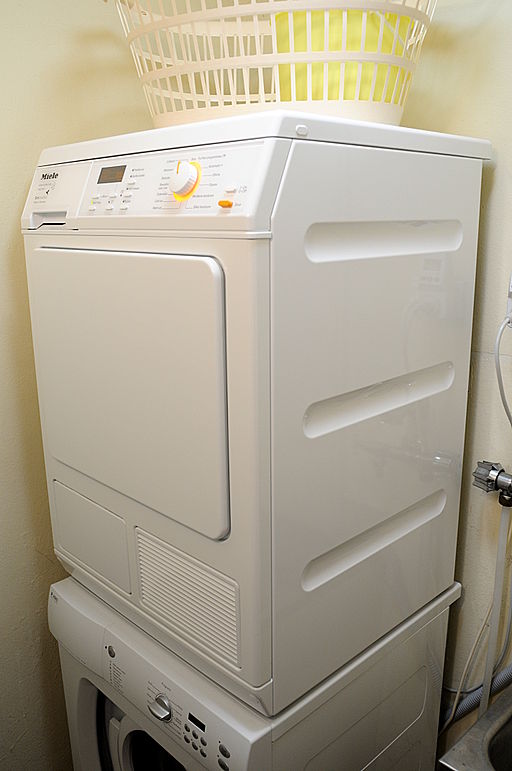
Image Credit: Wikimedia Commons
For the first time, the government’s Energy Star program will include clothes dryers, the U.S. Environmental Protection Agency announced.
Until now, the EPA’s Energy Star program had excluded the appliances even though they use an estimated 6% of all residential energy. How come? The energy efficiency of different makes and models didn’t vary appreciably. (For more information on this topic, see Alternatives to Clothes Dryers.)
That appears to be changing, and the new specifications approved by the EPA will recognize electric, gas, and compact dryers that use approximately 20% less energy than required by the minimum efficiency standards effective in 2015, the EPA said in its announcement May 27.
“The addition of clothes dryers expands the range of Energy Star products to include one of the most energy-intensive home appliance not yet covered by the program,” EPA Administrator Gina McCarthy said in a prepared statement.
More than 80% of all U.S. households have a clothes dryer, and if all of them met the new specifications, energy bill savings would amount to more than $1.5 billion a year and 22 billion pounds of greenhouse gas emissions would be avoided annually.
New technology is promising
Heat-pump clothes dryers, developed in Europe in the mid-1990s, are one type of energy-efficient dryer likely to make the Energy Star list. Manufactured by a number of companies, they can reduce energy consumption over standard models by as much as 50%, according to a report from the Lawrence Berkeley National Laboratory in 2010.
The dryers extract latent heat from the air and pump it into the clothes drum. Warm, moist air that exits the drum goes through a lint screen and an evaporator, and the water is removed, the Berkeley Lab report said. Instead of venting the air to the outside, as would be the case in a conventional dryer, these models circulate the warm and now mostly dry air back into the drum.
Some models don’t have to be vented to the outside.
Heat-pump clothes dryers haven’t been widely available in the U.S., although the Lawrence Berkeley report said there are 25 models available in Europe. They’re also more expensive than conventional models: a Consumer Reports article notes that one LG model will be here by mid-summer at a cost of $1,500 to $1,600.
In general, the EPA said, clothes dryers that meet Energy Star requirements are likely to have features such as improved auto-termination sensors, which end the cycle automatically by sensing when clothes are dry. The EPA said its new specification also would list optional features, such as the ability to alert a user that the dryer wasn’t functioning properly, or give users feedback on the energy efficiency of different drying cycles.
In order to quality for the Energy Star label, products must win third-party certification based on testing at an EPA-approved laboratory.
Weekly Newsletter
Get building science and energy efficiency advice, plus special offers, in your inbox.





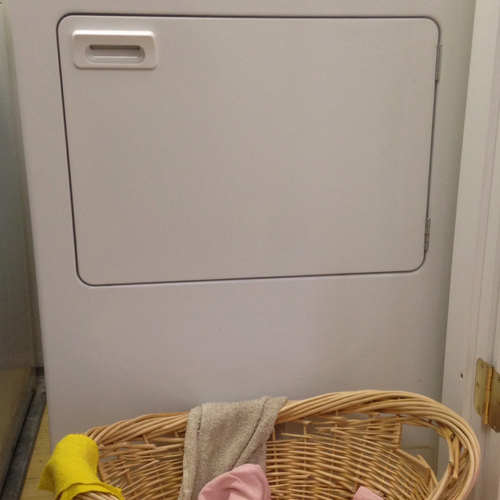
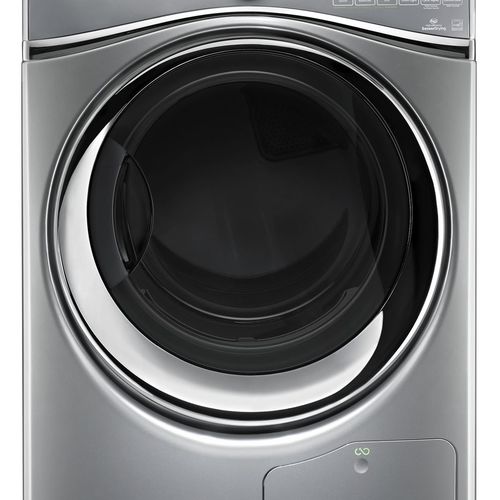
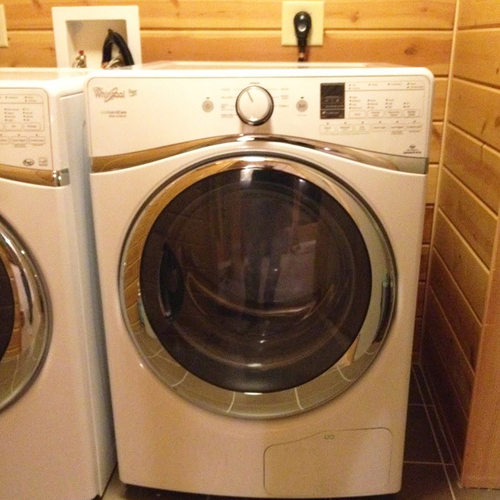
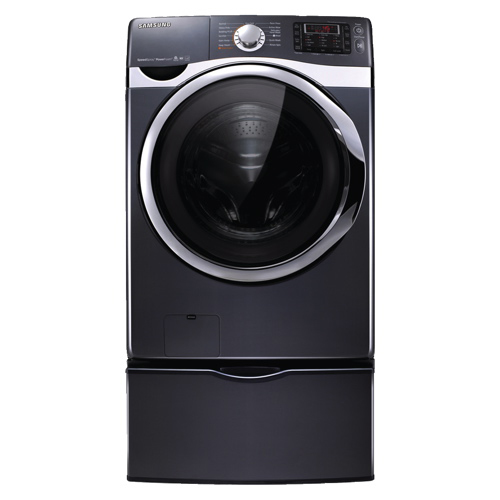






2 Comments
Always behind the times...
Why are we always lagging behind Europe in terms of energy efficiency and availability of green technology? They had triple pane windows 20+ years ago and sell them at the local corner hardware store. Here in the US when you mention triple pane windows the builders and contractors look at you like you are from another planet.
Europe had heat pump dryers 20+ years ago and we are just NOW starting to get them in the USA? Who's running this show?
Energy Prices
Aside from cultural differences, on average electricity costs twice as much in Europe (European generation costs alone are a bit higher than the average US retail price - I suspect that it mostly comes down to the cost/availability of coal). That makes high efficiency products much more economically viable.
Log in or create an account to post a comment.
Sign up Log in